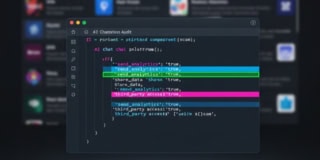Swiss Researchers Achieve Record 93.5% Efficiency in Perovskite Solar Cells Through Lattice Strain Innovation

In a groundbreaking development, researchers at the Swiss Federal Institute of Technology Lausanne (EPFL) in Switzerland have achieved a major breakthrough in perovskite solar cell technology by using lattice strain to lock rubidium (Rb) ions within the material’s structure. This innovation has enabled the cells to reach 93.5% of their theoretical efficiency limit, significantly improving stability and bringing them closer to commercial use.
Led by Dr. Lukas Pfeifer and Dr. Likai Zheng, the team’s innovative approach solves a longstanding challenge in solar technology, reducing energy loss while boosting efficiency. Traditional PSCs experience energy loss through the non-radiative recombination process that causes energy absorption to convert into electricity.
The loss of efficiency in PSCs occurs primarily because wide-bandgap (WBG) materials used for high-energy light capture exhibit instability. These materials face performance reduction caused by phase segregation when different components in the material separate during the lifespan.
The EPFL researchers developed a method where the rubidium ions receive stabilization through lattice strain applications within the perovskite material. The altered atomic structure blocks rubidium from creating performance-degrading secondary phases in the material. To improve material stability, the research team integrated chloride ions into the perovskite structure and optimized ion dimensions.
The modified material reached an open-circuit voltage of 1.30 volts, which represents 93.5% of the theoretical maximum efficiency for WBG perovskites and stands as one of the highest measured values in this field. The refined material reached an outstanding increase in photoluminescence quantum yield (PLQY) which indicated better sunlight-to-electricity conversion efficiency with lower power loss.
Research methods including X-ray scans, nuclear magnetic resonance (NMR) and computer simulations proved that rubidium ions incorporated into the crystal lattice stabilized the material structure and enhanced its operational capabilities. These findings could pave the way for the next generation of solar cells that are not only more efficient but also more stable and cost-effective.
The team suggests that the technique could be adapted for use in other optoelectronic devices, such as LEDs and sensors, potentially revolutionizing various industries. With these advancements, the researchers hope to accelerate the commercialization of these technologies, contributing to a cleaner and more sustainable energy future.
Sharing clear, practical insights on tech, lifestyle, and business. Always curious and eager to connect with readers.


 2 min read
2 min read
















